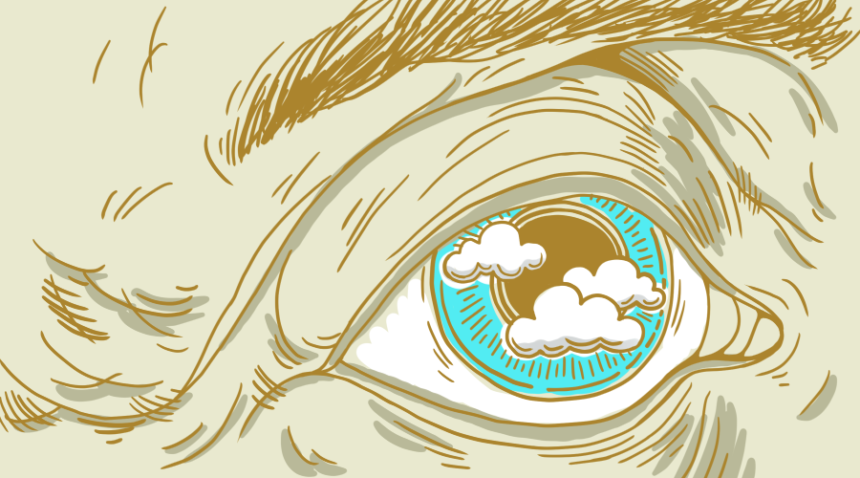If you live long enough, you’re likely to get cataracts. This eye condition affects more than 24.4 million Americans age 40 and older. By age 80, more than half of all Americans have cataracts or had surgery to fix them.
So what are cataracts, and how are they treated?
You are born with a clear lens that allows you to shift the focus of your eye. A cataract is the clouding of this natural lens that typically begins around age 60 but can occur earlier.
While cataracts are a common occurrence as we age, if left untreated, they can cause blindness.
Symptoms of Cataracts
Commons symptoms of cataracts are:
- Blurry vision
- Sensitivity to light
- Trouble seeing at night
- Double vision
“Patients commonly complain of difficulty driving, especially at night in dim light, at dusk and in the rain,” says UNC Health ophthalmologist Kenneth L. Cohen, MD. “They also complain of difficulty reading small print. They say they need the very bright light. And after a while, the very bright light doesn’t actually help.”
Causes of Cataracts
The lens of your eyes is made up of protein and water. As you age, the protein breaks down and clumps in the lens, making it cloudy. Aging is the main risk factor, but others include excessive sun exposure, smoking, drinking a lot of alcohol, trauma or injury to the eye, diabetes, radiation and taking steroids.
Treatment for Cataracts
Surgery to remove the cloudy lens and replace it with an artificial plastic lens is the most common treatment for cataracts. The procedure is done in an outpatient operating room. You go home after the operation.
“The amount of discomfort is mild, and it’s done with the patient awake with monitored anesthesia,” Dr. Cohen says. “The anesthesiologist gives the patient medication just to calm them, but they are awake, and recovery is very fast—within a week.”
If you have cataracts in both eyes, the surgery is performed separately for each eye, allowing the first eye to recover with its new lens before addressing the second eye. The second procedure usually follows two to four weeks after the first.
The implantable lens changes the prescription of the eye and oftentimes patients only require reading glasses following the procedure.
“The lens gives the patient distance vision, but they usually still need spectacles for reading,” Dr. Cohen says. “However, if they have an astigmatism, then they may need glasses for distance to correct the astigmatism.”
Astigmatism appears when your eye does not focus light evenly on the retina, the layer of nerve cells lining the back wall of the eye. This results in distorted or blurred vision at any distance.
Patients with astigmatism who have cataracts have the option to have laser surgery, which can correct the astigmatism and cataracts. However, this procedure is not covered by insurance.
In addition, not all patients choose to have surgery to treat cataracts because their condition is mild.
“A patient’s decision to have surgery is based on patient need,” Dr. Cohen says. “Just because a patient has a cataract when you look in the eye doesn’t mean the patient has to have cataract surgery. It depends on how much the patient’s symptoms affect their daily existence.”
What to Expect After Cataract Surgery
After surgery, your doctor will prescribe eye drops that you will need to use for about three to four weeks to control inflammation in the eye.
“Patients do extremely well,” Dr. Cohen says. “Cataract surgery is actually the most successful surgery we do in the United States.”
If you think you may have cataracts, talk to your doctor or find one near you.

